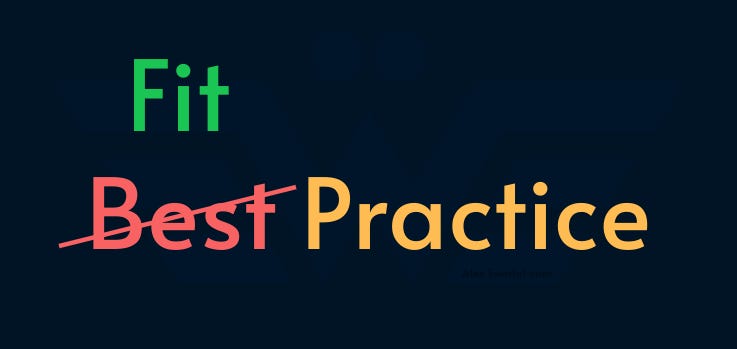
pgfdb is an experimental project that turns Postgres into a distributed, fault-tolerant and horizontally scalable database using FoundationDB. pgfdb isn't just Postgres-compatible, it is Postgres, meaning it can support all your favorite Postgres features and any standard client can connect to it. If you aren't familiar with FoundationDB, check out the docs on its features.
In short, pgfdb aims to upgrade Postgres with:
- Distributed and strictly serializable transactions across all your data, achieved by replacing Postgres' transaction system with FoundationDB's
- Horizontal scalability with automatic sharding. Simply add more nodes and your data will be rebalanced automatically. No need to manually partition your tables.
- Automatic replication for durability and read performance. No need to configure read replicas or route requests in your client.
- Fault tolerance that handles node failures and availability zone outages without any intervention. No need to manually configure replication and failovers.
- Simplified operations. No more VACUUM or complicated version upgrades. Native backups to object storage with point-in-time restore.
- Multitenancy which enables running many databases on a single FoundationDB cluster and scaling Postgres to zero when idle.
- High performance that has been battle tested by companies like Apple, Snowflake and Deepseek.
Keep reading if you want to try it out yourself! Also feel free to reach out if you are interested in chatting about pgfdb.
Given that pgfdb is highly experimental, there are many limitations at the moment, some of which are detailed under Limitations.
First of all, we need to get a FoundationDB cluster running. The simplest way is to follow the getting started guide for either Mac or Linux. Even if you have a production FoundationDB cluster running already, do not use it with pgfdb. The project is still experimental and should not be used with production data.
Once we have FoundationDB running, we can start up pgfdb and connect to it. The project is currently only distributed as a Docker image. Run the following to start the container:
You should see some output from Postgres starting up and we're now ready to use it! Open up your favorite Postgres client and connect to localhost:5432 with username, password and database name all set to postgres.
One simple way to do this is to use psql on the container we just started:
Let's start with a simple call to the built in pgfdb_is_healthy() function, which returns true if the connection to FoundationDB is working:
Let's create a new table and insert some data. Primary keys are currently not supported (see limitations) so we'll create an index manually:
The table and index data will live entirely in FoundationDB, and we can of course read it back as well:
An efficient index read will also work. Note that the query planner has not yet been integrated with so we must force Postgres to use our index:
Updates work just as expected:
Thanks to FoundationDB we can run serializable, fully ACID, distributed transactions with the same syntax as we are used to in Postgres:
Of course, a relational database is nothing without relations, joins and aggregates, which are fully supported:
Please take pgfdb for a spin yourself and reach out if you like it!
pgfdb is an experimental project and is not ready for production usage. It's likely littered with bugs, but if you encounter any, please open an issue to help track! Here's a non-exhaustive list of known limitations at the moment:
- DDL changes are not yet persisted to FoundationDB meaning you won't be able to access your database from different Postgres instances, and if you start a fresh Postgres instance, your database schema will not carry over. This will be implemented eventually of course as the end goal is to have Postgres run as a stateless layer on top of FoundationDB that can be scaled out horizontally.
- Cost estimation have not yet been integrated meaning the query planner is unlikely to make use of any indexes you add. For testing, you can use SET enable_seqscan=0 to force index usage.
- FoundationDB has a 5 second limit on transactions which carries over to apply to Postgres transactions with pgfdb. This means pgfdb, just like FoundationDB, is best fit for OLTP workloads.
- FoundationDB is fast but pgfdb doesn't make full use of it yet, so performance is likely to not be fully representative for what can actually be achieved with FoundationDB.
- Primary keys are not yet supported as pgfdb relies on custom index access methods and those can not yet be used for primary keys. There is ongoing work to fix this which might land in Postgres 18.
- All data types should be supported on tables but only a limited set can be used for indices so far. Wider support is coming!
pgfdb is licensed under AGPLv3
.png)



